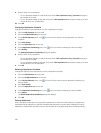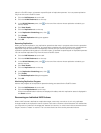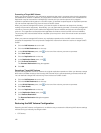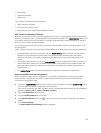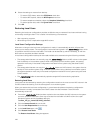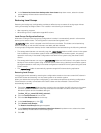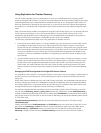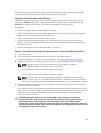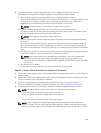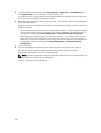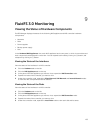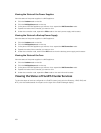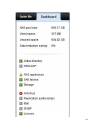Phase 2 — Cluster A Fails And Client Requests Fail Over To Backup Cluster B
If source cluster A stops responding because of an unexpected failure (hardware, disk, and so on), you
must:
1. Log on to backup cluster B.
2. Delete the existing replication policy for all replication target volumes.
– When deleting the replication policy from the destination cluster B — FluidFS replication manager
tries to contact source cluster A, which fails. The volume on destination cluster B must have its
configuration restored using
Cluster Management → Restore NAS Volume Configuration.
– When deleting the replication policy from the source cluster A — You are given an option to apply
the source volumes configuration to the destination volume. If you do not remember to select
this, or it fails, the configuration of the source volume from cluster A can be restored onto the
destination volume on cluster B using Cluster Management → Restore NAS Volume
Configuration.
3. Confirm replication policy deletion on backup cluster B, and that the source volume configuration
from cluster A is applied.
Currently the following volume configurations can be restored:
– NFS exports
– CIFS shares
– Quota rules
– Snapshot schedule
– NAS volume alerting, security style and related parameters
– NAS volume name
– NAS volume size
This transforms target volumes (B1, B2, .. Bn) to standalone volumes. Repeat this procedure to bring
all target volumes in cluster B to standalone volumes with volume configuration applied from cluster
A.
4. From the NAS Manager web interface, restore the NAS system configuration from cluster A.
This restores cluster B configuration to cluster A settings. Currently the following cluster system
configuration can be restored:
– Protocols configuration
– Users and Groups
– User mappings
– Monitoring configuration
– Time configuration
– Antivirus hosts
148



